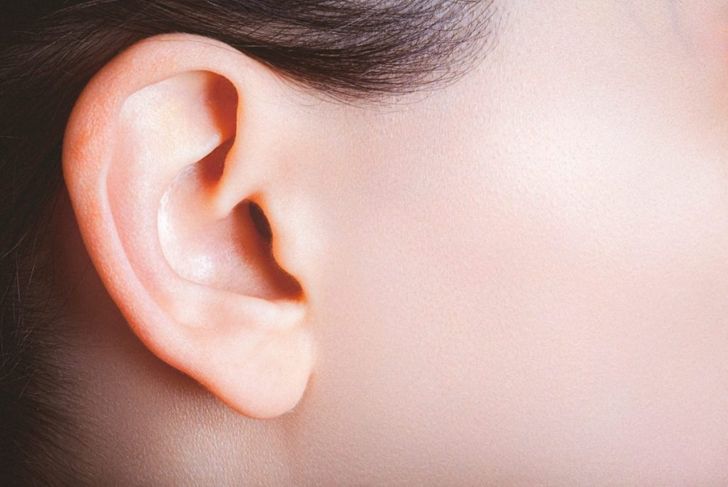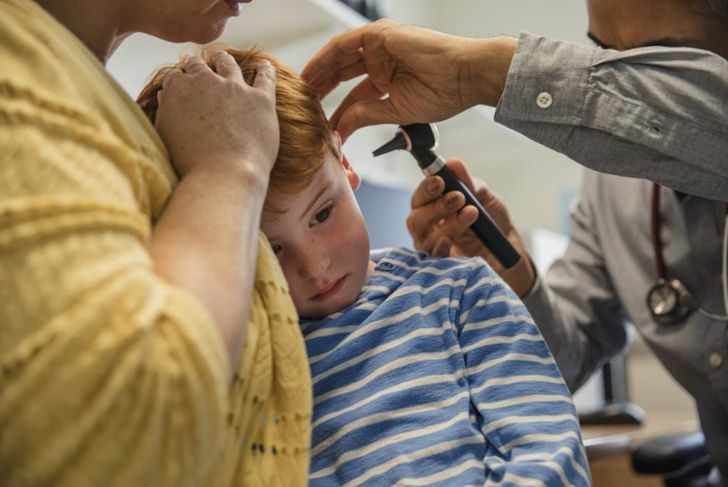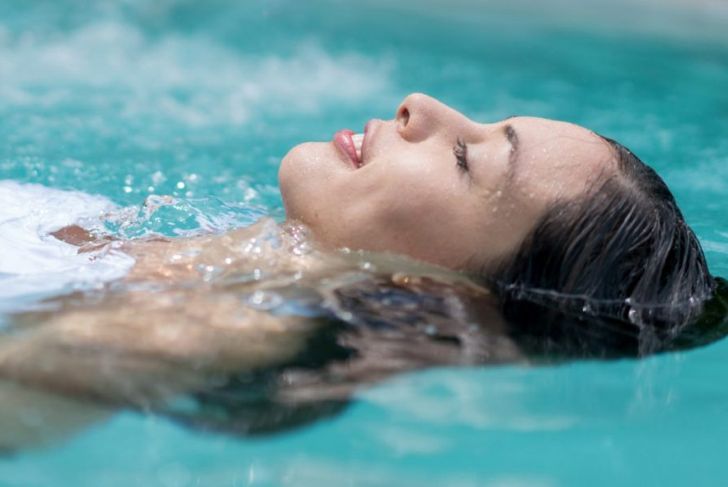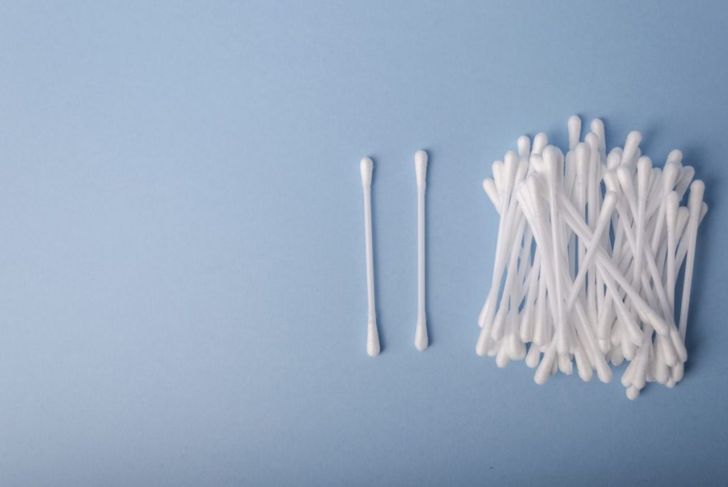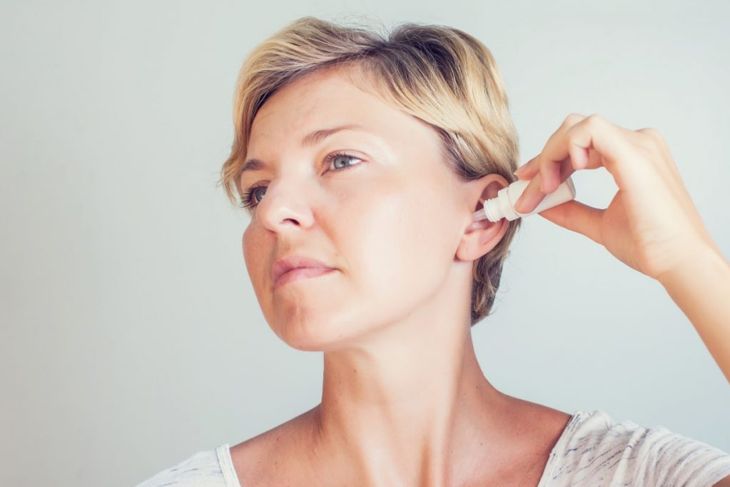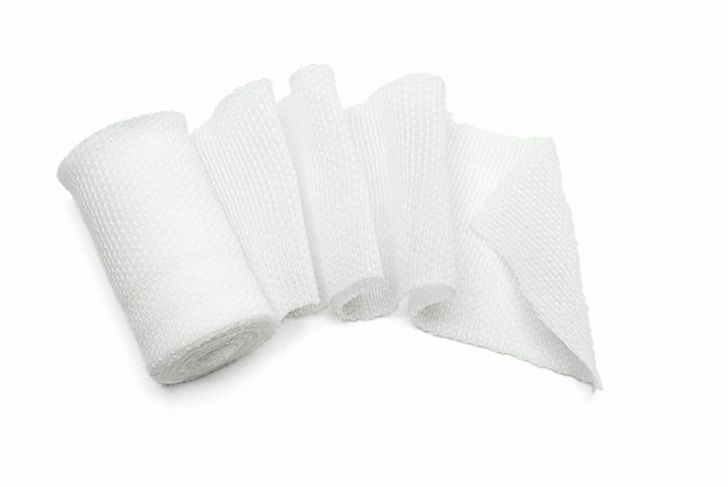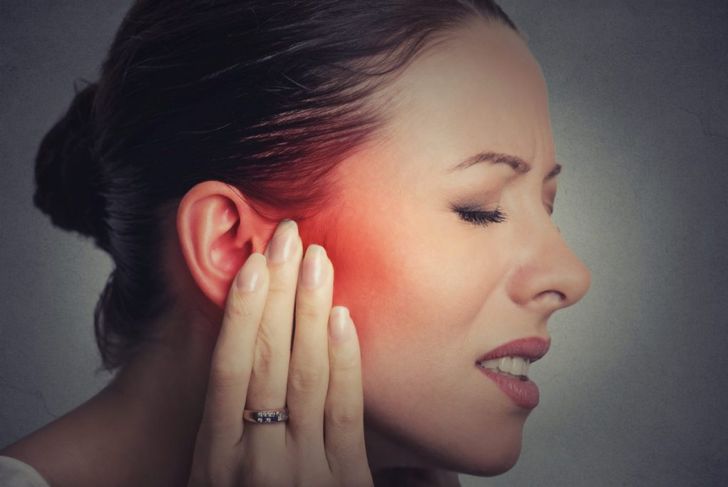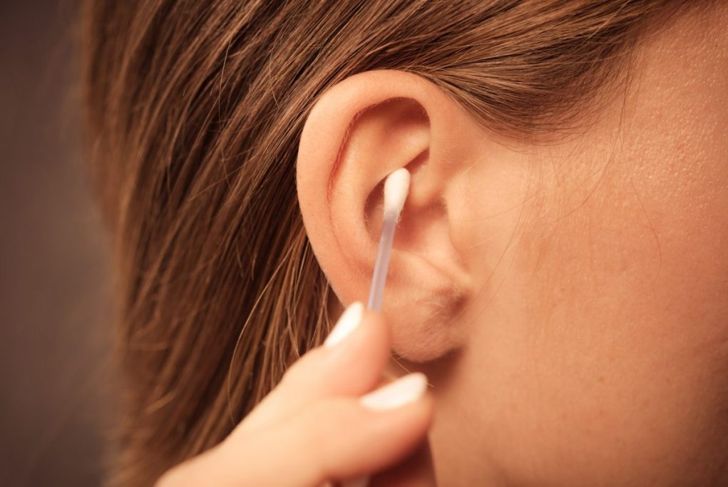Otitis externa, commonly referred to as swimmer’s ear, is an inflammation of the ear canal, a small tube running from the outer ear to the middle ear where the eardrum resides. Typically, only one ear is affected by otitis externa at a time; the condition presents with itching, swelling, and ear pain. Left untreated, otitis externa may last several months. However, there are several methods of prevention and treatment that reduce the risk of developing, and the severity of, swimmer’s ear.
Symptoms of Otitis Externa
Otitis externa is a type of inflammation and leaves the ear canal red and swollen. The inflammation itself is not generally visible because of its location, but there are obvious symptoms associated with the ailment. Itching, discharge such as pus or liquid, temporary hearing loss, and pain are common. The ear may also feel blocked or full due to the inflammation. Some cases of otitis externa cause the glands in the neck or near the ear to become enlarged and sore.
Types of Otitis Externa
A case of otitis externa will fall into one of three categories. If the bout of swimmer’s ear lasts fewer than three months, it is considered acute otitis externa. This is the most common type, and most cases only last up to one or two weeks. Recurrent otitis externa refers to short instances of otitis externa that keep coming back. Chronic otitis externa is when the condition lasts for more than three months.
Causes of Otitis Externa
Most cases of otitis externa occur due to bacteria invading the ear canal. If the ear canal is wet, such as after showering or swimming, it provides a hospitable environment for bacteria to grow — hence the nickname swimmer’s ear. Products such as bath soap and shampoo will similarly welcome bacteria and germs. A humid day can cause moisture to accumulate in the ear and put you at risk for otitis externa. Excessive earwax may trap moisture in the ear and raise your risk, as well.
Triggers
There are also some factors that do not directly cause otitis externa but may create an environment that puts you at a higher risk. An ear canal damaged by cotton swabs, excessive cleaning, or wearing earbuds for prolonged periods of time is more susceptible. Allergies and asthma also increase risk, as does a weak immune system, which is often to blame for excessive inflammation in general.
Treatment: Ear Drops
If you see your doctor about your otitis externa, he or she is likely to recommend ear drops or a spray. There are four types of drops or sprays, and some medications contain a combination of several types. Antibiotic and acidic ear drops combat the actual bacteria. Corticosteroid ear drops help reduce inflammation and itch, and antifungals treat fungus growth.
Treatment: Ear Wick
Severe inflammation can cause a blockage in the ear canal and make ear drops or sprays less effective. In this case, the doctor may recommend an ear wick. A piece of cloth or gauze is soaked in the medicated drops and inserted into the ear. This method ensures the medication reaches the target area and provides as much relief as possible. An ear wick should not be confused with candling, which refers to the process of inserting a lit candle into the ear in an attempt to remove earwax. Ear candling is not effective against otitis externa and may cause additional damage to the ear.
Treatment: Oral Antibiotics
Your doctor may prescribe a dual treatment of both ear drops and oral antibiotics. Typically, oral antibiotics are only used in the most severe cases or if the skin around the ear is also infected. In the event your doctor prescribes an oral antibiotic, it is important to complete the round to avoid developing an immunity to the antibiotic in the future.
Treatment: Cleaning the Ear Canal
Otitis externa may result in dust and other particles becoming trapped in the ear. If this happens, the doctor may choose to clean the ear canal with a syringe of water, suction, or swabbing. Do not attempt to insert anything into your ear on your own as this can cause further blockage. Once the ear canal is clear, ear drops or sprays become more effective.
Treatment: Painkillers
Your doctor may also prescribe painkillers or recommend an over-the-counter medication. Painkillers will not treat the underlying cause of otitis externa, but they will help alleviate the pain. Avoid touching the outside of the ear if possible, as this will exacerbate pain and possibly the inflammation. A hot cloth held against the ear may also offer relief from pain.
Preventing Otitis Externa
There are effective methods for preventing or lowering the risk of otitis externa. Keeping the ears free of moisture is one of the best ways to prevent the growth of bacteria leading to swimmer’s ear. Only clean the outer ear and do not insert cotton swabs or other instruments into the ear canal. If you are a frequent swimmer, you may also choose to use drops aimed at preventing otitis externa before swimming.

 Home
Home Health
Health Diet & Nutrition
Diet & Nutrition Living Well
Living Well More
More